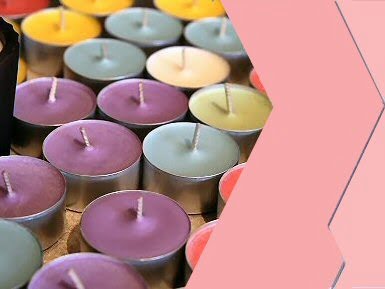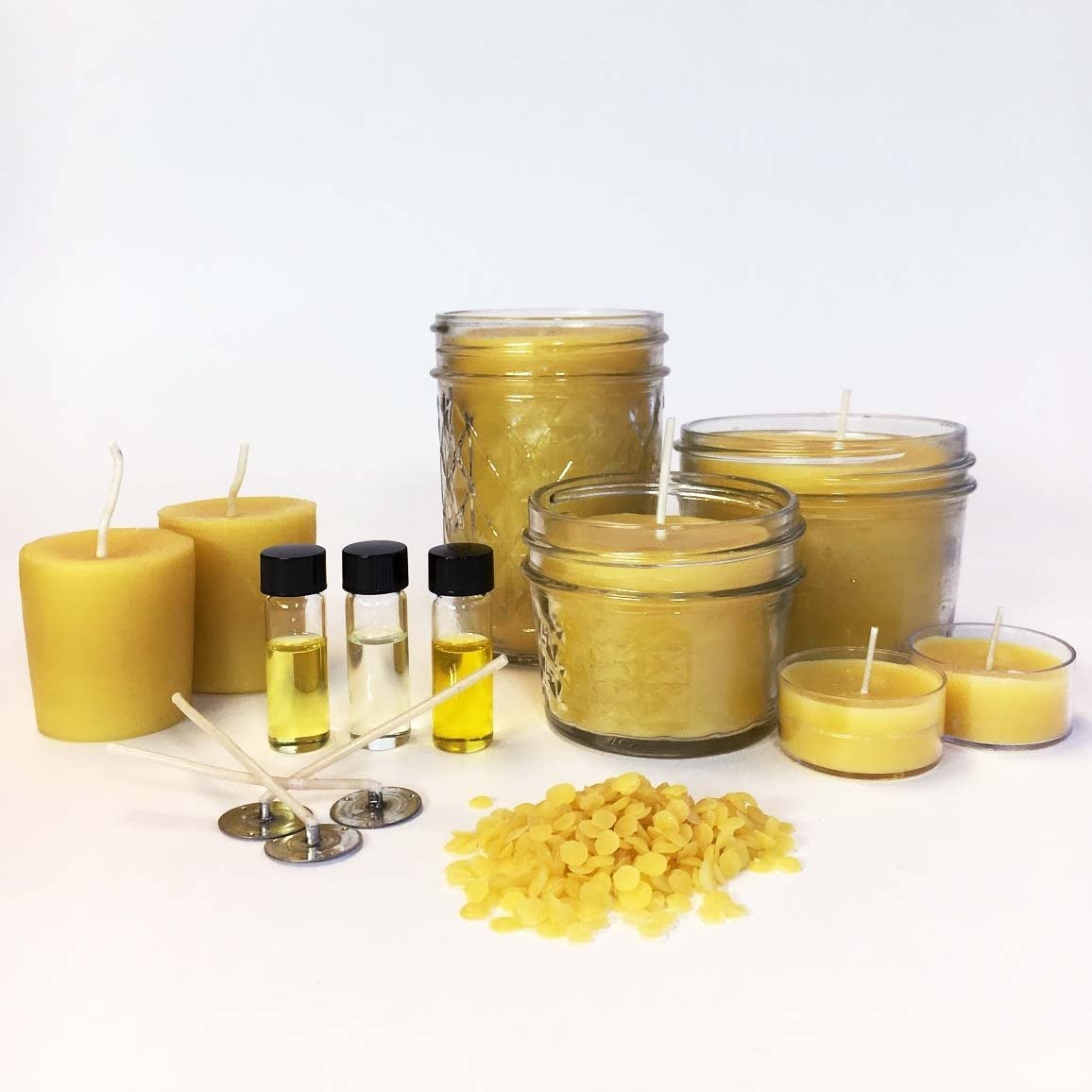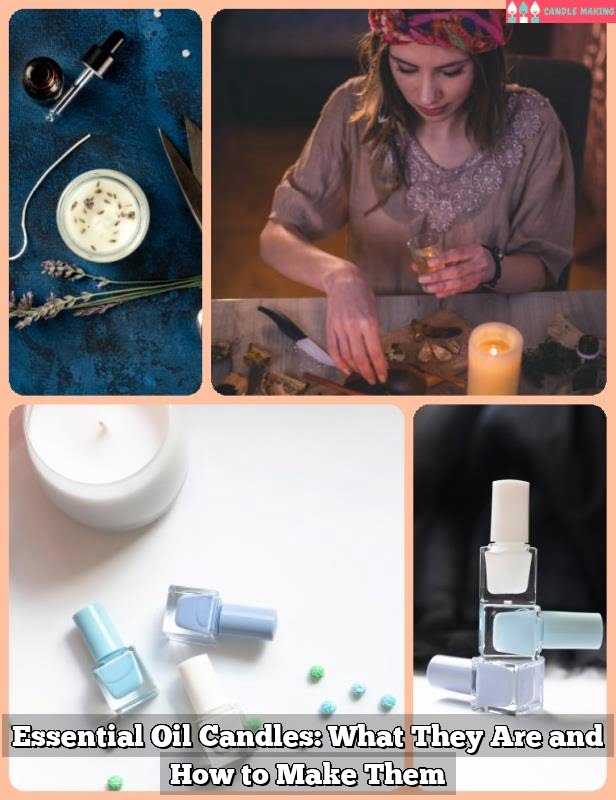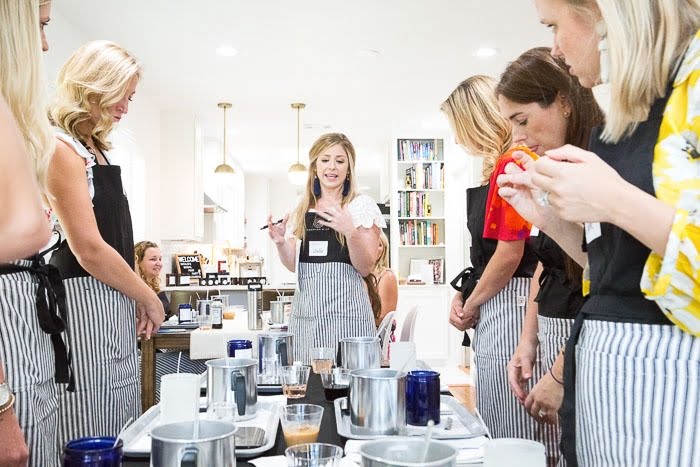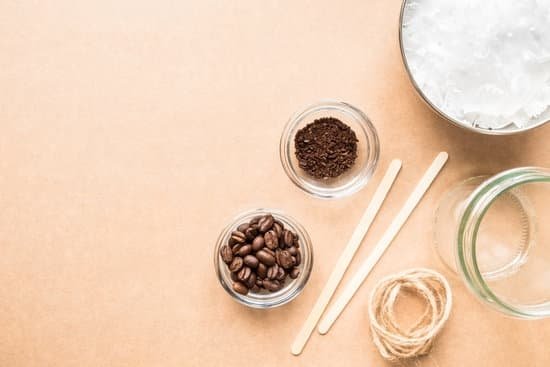Are you interested in making your own candles at home? One important aspect to consider is how much essential oil to add when making candles. Essential oils play a crucial role in creating unique and aromatic homemade candles, adding value and personal touch to your creations.
Candle making has been a popular DIY project for many craft enthusiasts, offering a creative and fulfilling experience. The addition of essential oils further enhances the appeal of homemade candles, providing therapeutic and aromatic benefits that can elevate the ambiance of any space. Understanding the importance of essential oils in candle making is key to successfully creating beautifully scented candles.
In this article, we will explore the basics of candle making, the role of essential oils in enhancing candle scents, factors to consider when determining how much essential oil to add, recommended essential oil dosage for different candle sizes, blending tips for creating unique scents, as well as potential risks and safety precautions when using essential oils in candle making.
Whether you are a novice or experienced candle maker, mastering the art of adding essential oils can take your homemade candles to a whole new level.
The Basics of Candle Making
Creating your own candles can be a fun and rewarding experience. To get started, you’ll need to gather the necessary supplies: wax, wicks, a heat source, a pouring pot, and of course, essential oils for fragrance. The first step is melting the wax in the pouring pot using a double boiler or electric wax melter. Once the wax is completely melted, you can add the essential oils to create your desired scent.
Next, you’ll need to prepare the containers or molds for the wax. If you’re using containers, place the wick in the center and secure it in place with a wick holder or by tying it to a pencil placed across the top of the container. Then carefully pour the scented wax into the containers, being mindful not to spill any. If you’re using molds, place the wick in the center before pouring in the wax.
After pouring the wax and adding essential oils, allow ample time for it to cool and harden. This process may take several hours depending on the size of your candles. Once they are fully set, trim the wick to about ¼ inch and your homemade candles are ready to be enjoyed.
When determining how much essential oil to add when making candles, it’s important to consider both personal preference and safety guidelines. Some factors that may affect this decision include candle size, type of wax used, and desired fragrance intensity. By experimenting with different amounts of essential oils and keeping these considerations in mind, you can create beautifully scented candles that enhance any space with their natural aroma.
The Role of Essential Oils in Candle Making
Essential oils play a crucial role in candle making, as they are responsible for providing fragrance to the finished product. When added to melted wax, essential oils infuse the candles with delightful scents that can evoke different moods and emotions. The use of essential oils in candle making also offers aromatherapy benefits, as specific scents can promote relaxation, stress relief, or an energizing atmosphere.
Benefits of Using Essential Oils in Candles
One of the main advantages of using essential oils in candle making is that they offer natural and plant-based fragrances, which can be more appealing to those looking for non-toxic alternatives to synthetic fragrances commonly used in commercial candles. Furthermore, essential oils have therapeutic properties that can enhance the well-being of individuals who use the scented candles for relaxation or meditation purposes.
Enhancing Candle Appearance With Essential Oils
In addition to providing fragrance, essential oils can also be used to enhance the appearance of candles. By carefully selecting and blending different essential oils, candle makers can create visually appealing layers or swirls within their candles.
This allows for a multi-sensory experience when the candle is lit, as it both emits a pleasing aroma and showcases beautiful patterns or colors. It’s important to note that when using essential oils for enhancing candle appearance, it’s best to use them sparingly to prevent discoloration or uneven burning.
When making candles at home and considering how much essential oil to add when making candles, it’s essential to understand the various factors that can influence scent strength and potency. Additionally, following recommended dosages based on candle size and understanding potential risks associated with certain essential oils are crucial in ensuring safe and successful candle making endeavors.
Factors to Consider When Determining How Much Essential Oil to Add
When it comes to making candles, adding essential oils is a crucial step in creating the perfect scent. However, determining how much essential oil to add can be a bit tricky and requires careful consideration of several factors. Here are some key factors to keep in mind when deciding on the right amount of essential oil to use in your homemade candles:
1. Candle Size: The size of your candle will play a significant role in determining the amount of essential oil needed. Larger candles will require more oil to distribute the scent effectively, while smaller candles will need less.
2. Desired Scent Strength: Consider how strong you want the scent of your candle to be. If you prefer a subtle aroma, you will need less essential oil. For a more potent fragrance, you will need to add a greater amount of oil.
3. Type of Essential Oil: Different essential oils have varying levels of potency, so it’s important to take this into account when determining the dosage. Some oils are stronger and require fewer drops, while others may need more for the desired scent intensity.
Remember that these factors interact with each other and should all be taken into consideration when deciding on the appropriate amount of essential oil to add when making your candles.
Recommended Essential Oil Dosage for Different Candle Sizes
When it comes to adding essential oils to your homemade candles, determining the right amount is crucial in achieving the perfect scent without overpowering or underwhelming the fragrance. The general rule of thumb is to use about 1 ounce of essential oil for every 16 ounces of wax, but this can vary depending on factors such as the type of wax, the size of the candle, and personal preference.
For small candles, such as votives or tea lights, it is recommended to start with about 7-12 drops of essential oil per ounce of wax. This will typically result in a subtle fragrance that is not too overwhelming for smaller spaces.
For medium-sized candles, such as jar or container candles, you can increase the amount to around 1 ounce of essential oil for every pound of wax. This will allow for a stronger scent that can fill a larger room without being too overpowering.
For larger candles, like pillar or specialty shapes, you may need to adjust the amount of essential oil based on the diameter and height of the candle. As a starting point, aim for about 1.5-2 ounces of essential oil for every pound of wax and adjust from there based on your personal preference and how potent you want the fragrance to be.
It’s important to keep in mind that different essential oils have varying levels of potency, so some scents may require less while others may require more. It’s also advisable to do a test burn before making a large batch to ensure that the scent level is just right for your preferences. Remember that less is often more when it comes to adding essential oils to your candles – you can always add more if needed after testing them out.
| Candle Size | Recommended Essential Oil Dosage |
|---|---|
| Small (votives or tea lights) | 7-12 drops per ounce of wax |
| Medium (jar or container) | 1 ounce per pound of wax |
| Large (pillar or specialty shapes) | 5-2 ounces per pound of wax |
Essential Oil Blending Tips for Creating Unique Candle Scents
When it comes to making candles, essential oils play a crucial role in creating unique and alluring scents. The right blend of essential oils can elevate the overall quality of your homemade candles, making them stand out from store-bought ones. In this section, we will delve into essential oil blending tips that can help you create one-of-a-kind candle scents that will delight your senses and those around you.
One important factor to consider when blending essential oils for candle making is to start with high-quality oils. Look for pure, undiluted essential oils from reputable suppliers to ensure the best results. Additionally, consider the aroma profiles of each essential oil and how they complement or contrast with one another. Experiment with different combinations to find the perfect blend that resonates with your preferences.
Another tip for blending essential oils for candle making is to adhere to recommended dosage guidelines. While it may be tempting to add more essential oil for a stronger scent, overdoing it can lead to an overpowering or unpleasant fragrance. It’s important to strike a balance and follow recommended usage rates based on the amount of wax you are using in your candles.
This brings us back to the keyword “how much essential oil to add when making candles.” Following proper dosage guidelines ensures that you achieve optimal scent throw without compromising the quality of your candles.
Furthermore, consider experimenting with different scent families and notes to create complex yet harmonious aromas in your candles. For instance, combining floral scents with citrus or herbal notes can result in a well-rounded fragrance that appeals to a wide range of preferences. Pay attention to how each scent evolves as the candle burns, as certain essential oils may exhibit different characteristics at various stages of combustion.
| Essential Oil Blending Tip | Detail |
|---|---|
| Start with High-Quality Oils | Use pure, undiluted essential oils from reputable suppliers for best results. |
| Adhere to Recommended Dosage Guidelines | Following proper usage rates ensures optimal scent throw without compromising candle quality. |
| Experiment with Scent Families and Notes | Create complex yet harmonious aromas by combining different types of scents. |
Potential Risks and Safety Precautions When Using Essential Oils in Candle Making
Potential Risks of Using Essential Oils in Candle Making
When using essential oils in candle making, it is important to be aware of the potential risks that come with handling these potent oils. One of the main risks is skin irritation and sensitization, especially if the essential oils are not properly diluted. Direct contact with undiluted essential oils can cause redness, itching, and even blistering on the skin. Inhaling undiluted essential oils can also lead to respiratory issues and irritation.
Safety Precautions for Handling Essential Oils
To ensure safe handling of essential oils in candle making, it is crucial to take certain safety precautions. First and foremost, always use gloves and goggles when handling undiluted essential oils to prevent any contact with the skin or eyes. Additionally, work in a well-ventilated area to minimize inhalation of the potent aromas. It is also advisable to store essential oils in dark glass bottles away from direct sunlight to preserve their potency and prevent degradation.
Proper Dilution and Measurement
When determining how much essential oil to add when making candles, it is vital to properly dilute the oils to avoid any adverse reactions. Always follow recommended guidelines for dilution ratios based on the type of essential oil being used.
Use measuring tools like droppers or pipettes to accurately measure the amount of essential oil needed for each batch of candles. This will help ensure that you are adding just the right amount of fragrance without overpowering or underwhelming the scent of your homemade candles.
Conclusion
In conclusion, incorporating essential oils into your homemade candles can elevate the overall sensory experience and provide numerous therapeutic benefits. By understanding the basics of candle making and the role of essential oils, you can create unique and personalized scents that cater to your preferences. It is important to consider various factors such as the type of wax, candle size, and desired fragrance strength when determining how much essential oil to add.
When it comes to adding essential oils to your candles, it’s crucial to follow recommended dosage guidelines based on the size of your candles. For example, a smaller candle may only require a few drops of essential oil, while a larger candle may need a bit more to achieve the desired scent throw. Experimenting with different blends and combinations can also lead to creating one-of-a-kind fragrances that suit specific moods or occasions.
It is also important to note that safety precautions should always be taken when using essential oils in candle making. Always work in a well-ventilated area, use caution when handling concentrated oils, and never leave candles unattended while burning. By mastering the art of adding essential oils to your homemade candles, you can enjoy a soothing and aromatic atmosphere that is tailored to your liking.
Frequently Asked Questions
How Do You Calculate Essential Oil for Candles?
Calculating essential oil for candles involves determining the volume of wax being used and then adding the appropriate amount of essential oil based on a recommended percentage. This typically ranges from 5-15% of the total wax volume.
What Is the Ratio of Oil to Wax in Candles?
The ratio of oil to wax in candles varies depending on factors such as the type of wax, the desired fragrance strength, and personal preference. A common ratio is around 1 oz of fragrance oil per 1 lb of wax, but this can be adjusted.
Can You Put Too Much Essential Oil in a Candle?
Yes, it is possible to put too much essential oil in a candle. Exceeding the recommended percentage can affect the scent throw, burn quality, and even pose safety hazards like increased flammability. It’s important to adhere to guidelines for a balanced result.

Welcome to my candle making blog! In this blog, I will be sharing my tips and tricks for making candles. I will also be sharing some of my favorite recipes.

